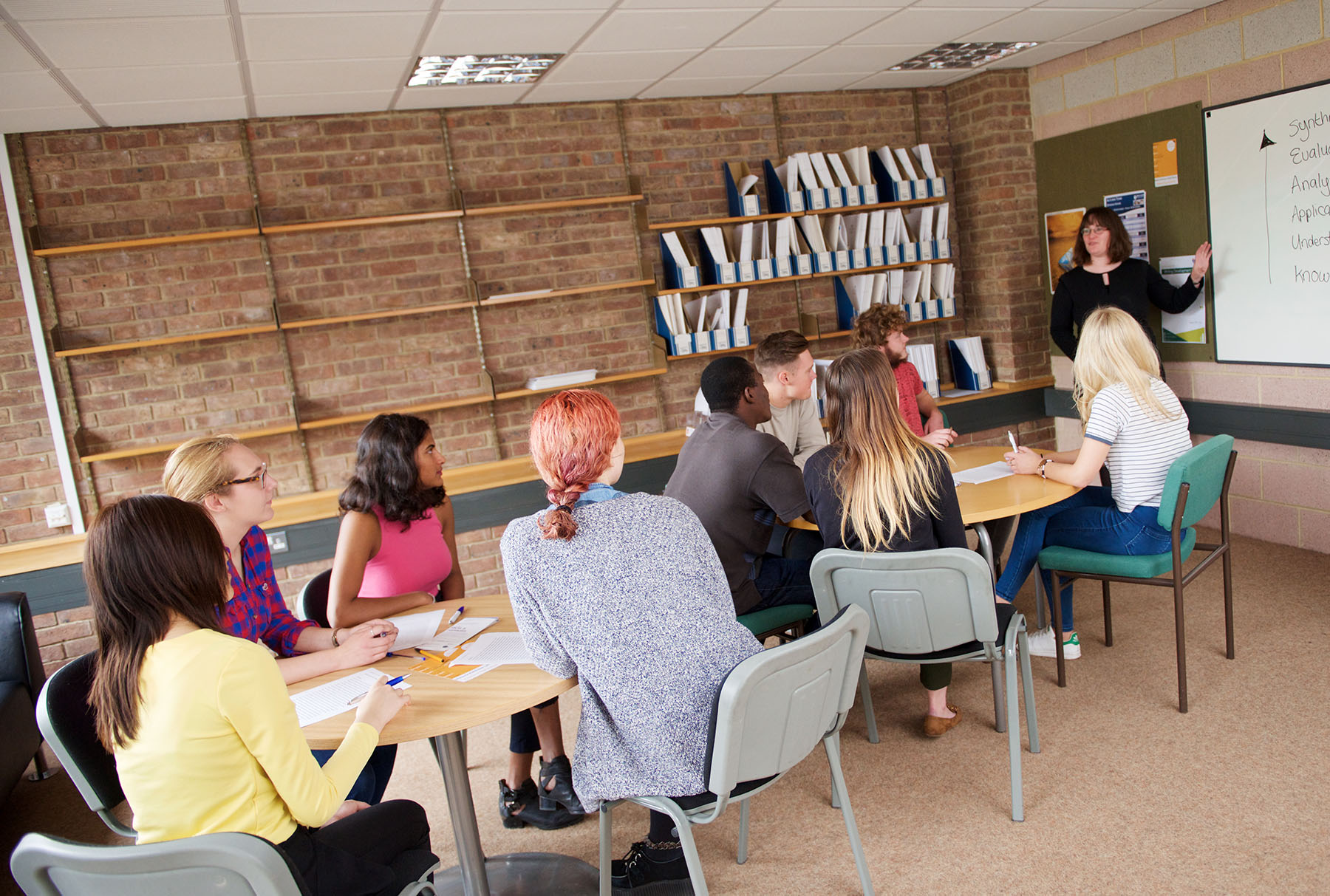Audio and Podcasts
NEW: A vision for education and skills at Newcastle University: Education for Life 2030+
Recording Audio
You may wish to record audio for short instructions, feedback, or to sit alongside slides. In this video (3:56), we present a few tips for making audio recordings and possible software options.
Options for creating audio materials
The audio for this video was recorded using a mobile phone. You may also have a built-in microphone on your computer, a webcam, a headset microphone, or earbuds and a microphone.
Before you begin making recordings to share, it is worth experimenting with the options you have to hand, to check which provides the clearest sound.
Recording into Canvas
Canvas provides the ability to record audio (or video) any time you see the Rich Content Editor. This method is ideal for short recordings; you can't do any editing, but you can "start over".
- How to record media in Canvas (Canvas guides)
Using ReCap Personal Capture
ReCap personal capture can record audio as well as audio with slides/screencapture. You can pause and restart the recording, and once it has been uploaded, you can do some simple editing using ReCap's online editor. This allows you to 'top and tail' the recording and remove specific sections so that you can finalise recordings you have made.
- ReCap personal capture staff guide (.docx)
- Embed a ReCap recording in a Canvas page (Canvas Orientation)
Using Audacity
Audacity is a popular piece of software designed for audio recording and editing. It is free and can be installed on home computers. If you have a University managed computer, you would need to request this from NUIT. Once edited you can export the file as .mp3 and upload it to Canvas.
- Audacity documentation and tutorials.
- Upload and embed media from an external source (Canvas guides)
Recording apps on mobile phones
We have found that the built-in recording apps on mobile phones and tablets work well. On iOS look for Voice Memos, and on Android search for Recorder.
Transcripts
You should provide a transcript for audio recordings to support students who are hard of hearing. Learn more about captions and transcripts.
